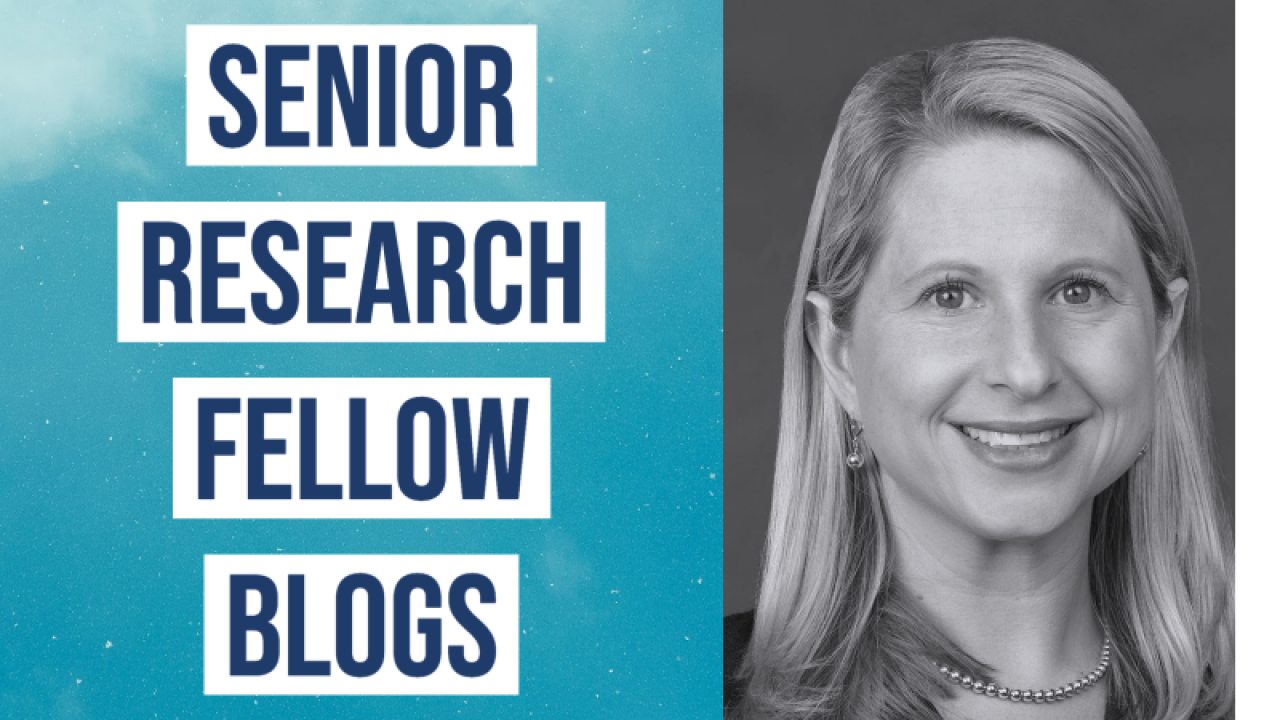October 31, 2022
'Reflecting on a year of organizational listening research' by senior research fellow Katie Place

By Katie R. Place, Page Center senior research fellow and professor of strategic communication at Quinnipiac University
It has been a pleasure serving as a senior research fellow at the Arthur W. Page Center and directing the 2020 Organizational Listening research call and subsequent projects.
Over the 2021-2022 year, I have enjoyed:
► Presenting and publishing my own organizational listening research
► Preparing the “Organizational Listening: Building Theory and Practice for Strategic Communication” book for publication (Routledge, expected 2023)
► Developing new trajectories for listening research in public relations
Intersectional listening
In March 2022, the first study from my overarching research on organizational listening and diversity equity and inclusion (DE&I) was published (online) in the Journal of Public Relations Research. Titled “Toward a framework for listening with consideration for intersectionality: insights from public relations professionals in borderland spaces,” it highlights insights from in-depth interviews with 38 U.S. public relations professionals who engage diverse publics amidst gaps and contestations of dominant narratives surrounding race, gender, sexuality, and nationality. Participants described listening with consideration for intersectionality via:
► Personal reflexivity: Participants expressed listening with reflexivity of their own complex, intersecting identities and “borderland” experiences.
► Interpersonal sensitivity: Participants explained how their listening with consideration for intersectionality embodied sensitivity that attended to individual positionality – often described as recognizing where each person is coming from.
► Organizational programs and initiatives: Participants identified ways in which organizational programs, such as employee resource groups, councils, and initiatives, facilitated listening with consideration for intersectionality.
► Communities and coalitions: Participants were cognizant of listening with consideration for intersectionality across communities and coalitions, with attention to disempowerment and oppression among marginalized publics.
From these themes, I developed a framework to guide intersectional listening for communicators.
Listening with Regard to DE&I
Additionally, in March 2022, two additional studies from my Page Center-sponsored research were presented at International Public Relations Research Conference (IPRRC) in Orlando. My study, “Organizational Listening to Support Diversity, Equity & Inclusion in Public Relations” relayed insights from in-depth interviews with 54 nonprofit, governmental, agency, and corporate public relations professionals. With regard to organizational listening to support DE&I, participants emphasized the importance of organizational employee resource groups (ERGs), designated listeners (e.g. organizational groups), formal evaluation or reporting listening measures, using a grassroots / community organizing lens to listening for DE&I and organizational silence.
Listening to Low-Income Publics:
At IPRRC, I also debuted findings from a Qualtrics survey (questions addressing support and listening needs) that was distributed to low-income individuals across the United States in September 2021 (U.S. DHHS poverty threshold definitions were utilized).
Did you know that according to the U.S. Census, there are approximately 37.2 million individuals (11.4 percent of the United States population) living in poverty, representing a spike of 3.3 million individuals since 2019 (Census.gov)? In the wake of COVID-19, these publics have experienced higher job loss rates, reduced economic mobility, and a greater bearing of pandemic-related burdens (HRW.org; Parker et al., 2020). Organizations have an obligation to listen to and respond to marginalized publics to foster social equity and inclusion (Macnamara, 2016).
Insights from the 1,050 respondents indicated that:
► The most significant issues low-income respondents face are poverty problems, mental health problems, and physical health problems.
► The types of organizations respondents felt most comfortable reaching out for support were healthcare providers, local non-profits, as well as state and local governments. Shelters were least trusted.
► The top three preferred channels to contact organizations for support were telephone call, in-person visits, and e-mails.
I believe that organizations must implement an architecture of listening specifically tailored to marginalized and low-income publics consisting of a culture that is conducive of listening and others’ right to speak, policies that support listening, open and interactive organizational communication systems, technologies or monitoring tools to guide listening, sufficient resources, staff, and space to do the work of listening, and skills to listen (Macnamara, 2016).
Respondents suggested the following with regard to organizational listening architectures:
► Respondents perceived that organizations truly listened when organizations took action on what they said, paid attention to what they said, or acknowledged what they said.
► Respondents indicated that organizations demonstrated a lack of listening when they failed to understand respondents’ needs or failed to respond to a request.
► Respondents indicated that organizations should have designated employees, financial resources, technologies (e.g. social listening tools / phone lines), and an organizational culture dedicated to listening in order to best understand their needs.
While I’m preparing these studies for publication, I’m working on the edited book, “Organizational Listening: Building Theory and Practice for Strategic Communication,” which features research from the 2020 Organizational Listening grant recipients and other scholars worldwide. It’s aim is to develop new theoretical and practical insights for listening across myriad strategic communication contexts. A tremendous “thank you” goes to all of the scholars who are contributing their research to this volume.
